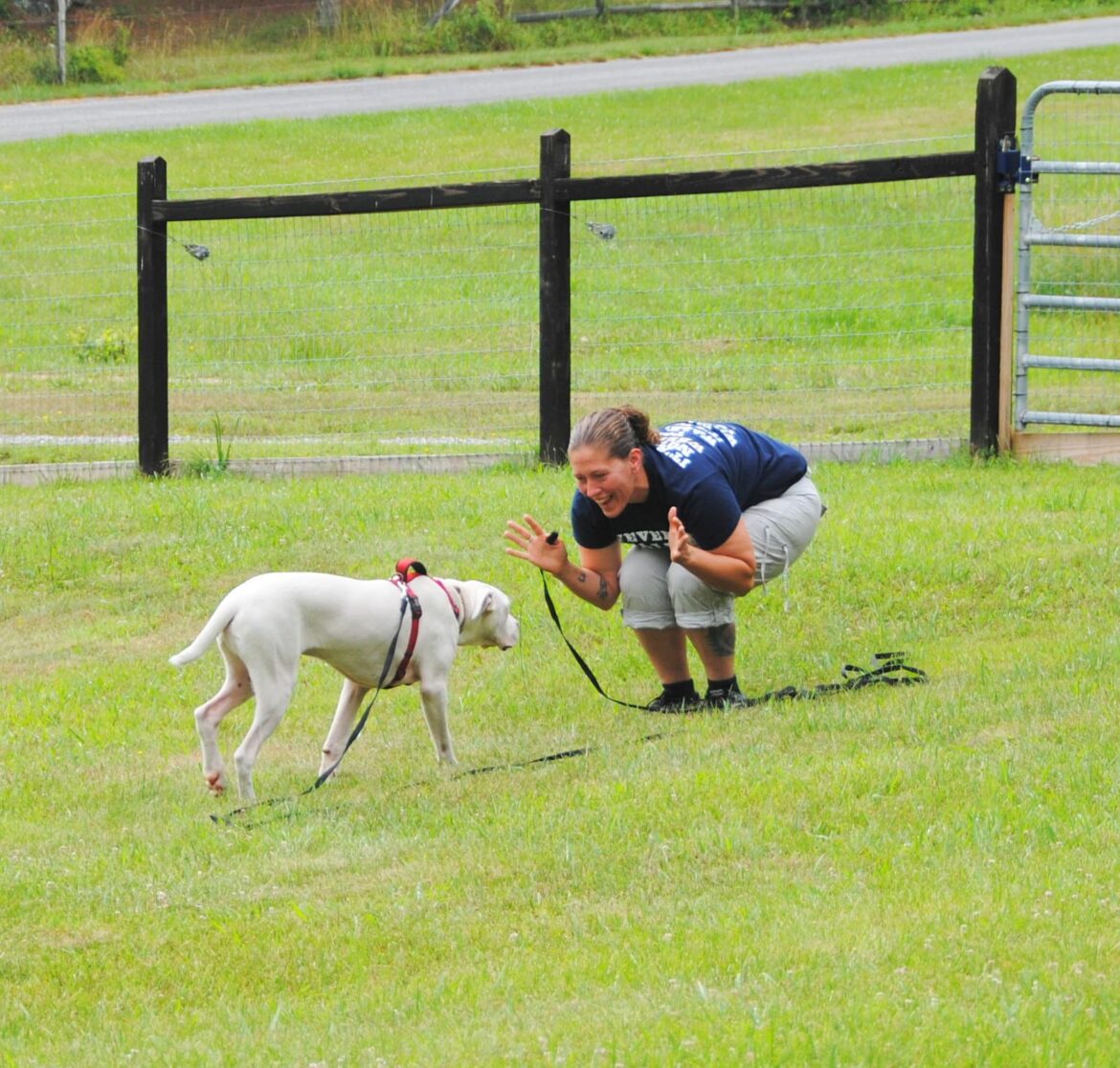Table of Contents
Are you a parent of a cute little furry doggo? It must be really fun spending time with your furry companion. However, do you want you to respond instantly when you ask them to come? Then its certainly time for some dog recall training to your pet. Owning a dog is the most beautiful experience ever. All you pet owners would completely agree with us. Isn’t it right? Now, you must understand that keeping a dog is not really an easy job to do so. You always need to monitor your dog’s specific behavior. Whether it’s the cause behind why your dog licks its paw way too much or just making sure your furry friends’ body temperature stays normal at all times. But the ever most important thing is to make sure your cute doggo understands and comes back to you, keeping in mind the voluntary recall. So, let us first know all about how we can be successful in this dog training session!

Dog Recall Training
If you are a parent of a sweet dog, then you must also take of this four-legged loyal pet. Whether, it’s the certain IQ training of your dog or teaching hand signals to your little pup, everything needs to be taken care of when you own a pet. Dog recall training is necessary for your dog to be safe and responsive. Regular training sessions with high-value goodies and positive reinforcement will help you teach your dog to come when called. As your dog learns, gradually introduce distractions from a distraction-free starting point. Reward your dog with a high value treat when they correctly recollect cue. Regular practice in quick, enjoyable sessions will help to strengthen a trustworthy recollection. By laying a solid recall foundation, you may improve your dog’s responsiveness in various settings, such as the dog park or your house. This will guarantee that your dog comes to you whenever you call. As first things first, let us look at what exactly the recall is?
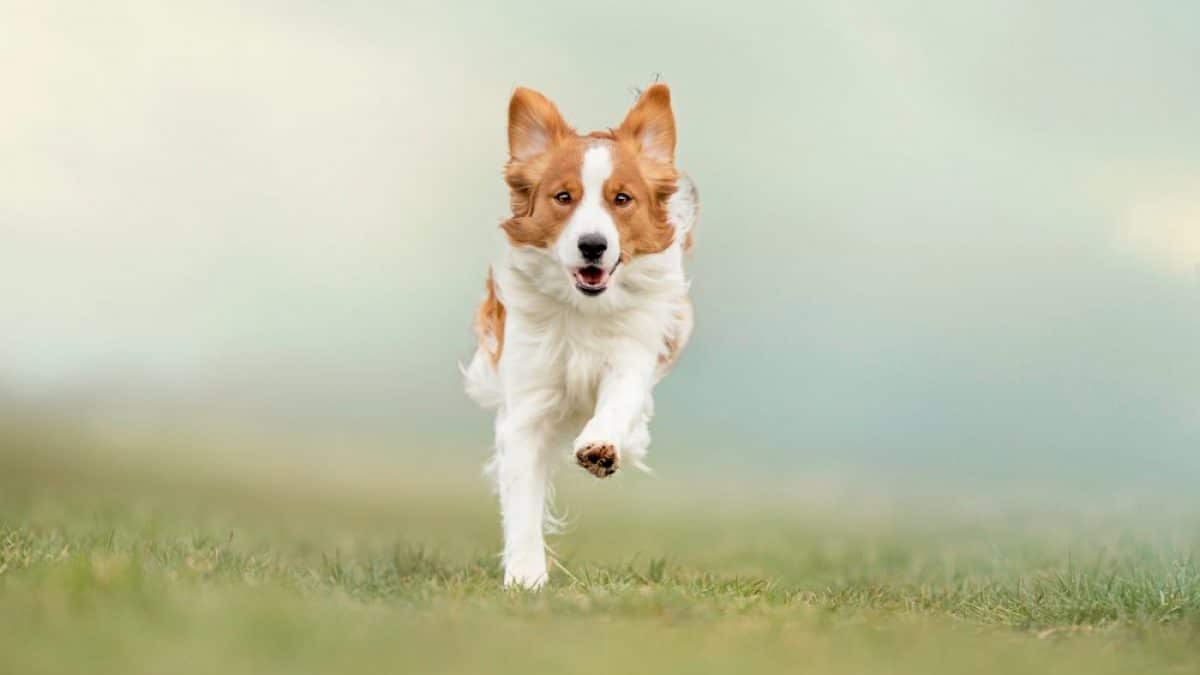
What is Dog Recall?
The basic response of a dog to its owner’s call is known as dog recall. It involves a series of steps that can change based on the situation and level of training;
- Orientation
The dog turns and stops in the owner’s direction.
- Approach
It approaches its owner, frequently moving swiftly.
- Stationing
The dog usually sits or stands before the owner as soon as it arrives.
For recall training to be effective, these procedures are essential. Owners can guarantee that their dogs respond immediately and consistently, even in surroundings that are distracting, by employing cues and positive reinforcement on a regular basis. Training ought to be prioritized according to the AKC;
- Consistency
Reward and cue repetition with the same objects.
- Positive Reinforcement
Give the dog food, dog’s attention, or games when they successfully come back to you.
- Practice
Consistent sessions in many contexts to help the behavior become more universal.
These initiatives improve safety and fortify the relationship between the dog and owner by fostering a strong recall behavior.
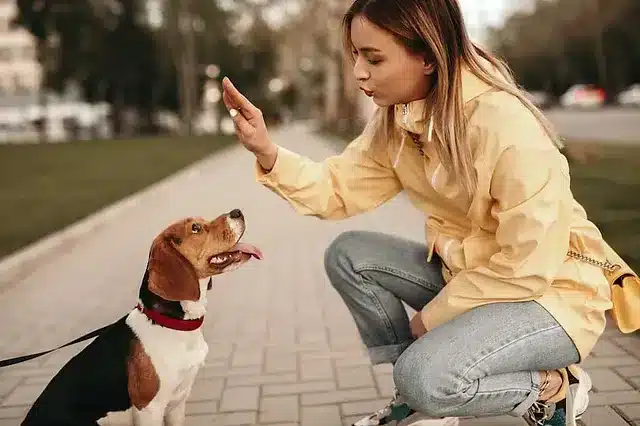
Teaching Your Dog to Come – The Basics
Start training your dog to come when called upon in a calm, distraction-free setting, such as inside. Show your dog a treat or toy to start, then give them praise and encouragement when they approach you. Provide your preferred verbal cue (e.g., come, here) just when your dog is approaching you. Requesting their presence before revealing the prize will progressively increase the difficulty. When they get to you, use expensive rewards like cheese or chicken to reinforce the behavior.
- Start Easy
Choose a quiet place to start with few outside distractions.
- Make Use of Positive Reinforcement
Give praise and pet food as a reward for desired behavior.
- Increase Distance Gradually
Gradually extend your dog’s distance to reach you.
- Be Consistent
Use the same signal and reward system each time to reinforce learning.
- The Key Is Patience
Give your dog time to call and to comprehend and obey instructions.
These are the steps you need to take to teach your dog a dependable recall command that functions well under different circumstances.

Recall Training by Temperament
Personalized recall training is fun and efficient and changes according to your dog’s temperament. Every technique seeks to enhance the pleasure and satisfaction of being called;
- Positive Reinforcement
For dog recall training, reward your dog for returning to you with toys or goodies.
- Play-based Training
To help with recall, use games such as fetch.
- Consistency and Patience
Practice frequently in various settings to reinforce the command.
Adapt your strategy to the temperament of your dog. Interactive activities and high-energy incentives are practical for lively dogs. Steady routines and mild praise will likely calmer dogs more. Combining these methods will enable you to develop a recall training program that your dog finds engaging and will increase the likelihood that they will come when called, even in the face of distractions. Here is a look at some of the temperament training of your furry babies!
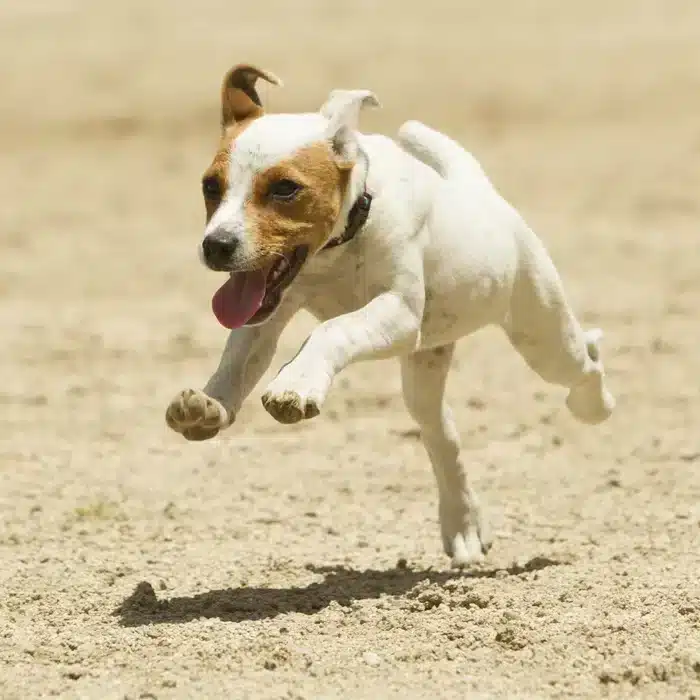
The Runner Dog
Understanding a runner dog’s temperament and employing successful techniques like Cesar Millan’s approach is necessary for teaching them to come when called. As shown in this video link below.
- Consideration for Temperament
Each dog’s temperament differs, which influences how it reacts to training. Some might be more self-reliant or prone to distractions.
- Application of the Method
Call your dog to come while gently leading them with a leash and collar. To reinforce the behavior, show affection, and treat those who comply.
- Progressive Training
After your dog behaves consistently on a leash, go on to off-leash training in a safe setting. This systematic approach strengthens the directive and fosters trust dog recall training.
Consistent training adapted to your dog’s temperament fosters dependable recall. Patience and positive reinforcement are essential as you strive for a solid relationship and consistent behavior. Knowing your dog’s personality will help you tailor the training to meet their demands and encourage effective recall in various scenarios.
The Puppy Dog’s Recall Training
Learning to come when called, or recall training, should start early and be simple but engaging. When the baby is approximately eight weeks old, begin with brief five- to ten-minute sessions. Here’s how to properly train your puppy;
- Start Simple
Sit beside your puppy, greet it by name or with a come, and give it attention right away.
- Move Forward Slowly
Move forward gradually, leaving treats in their vicinity and calling their name once they’ve finished eating. Keep doing this until you notice their face turning toward you upon hearing your name. - Incorporate Movement
Give your puppy a treat, step back, and give it a call. To make it a fun activity, encourage your dog to chase you for dog recall training.
- Make Use of Encouragement
Give them treats, play with them, or offer praise when they approach you. Make it a pleasure to see you.
As your puppy becomes more self-assured, practice in more environments and over longer distances. When training outside, use a long leash in a secure area. Rewarding good behavior should be done in dynamic, enjoyable sessions. Remember that practical recall training requires both consistency and patience.

The Playful Doggo
The Playful Doggo enjoys making learning into a game! Teaching your dog to come when called is a fun way to start with the recall fundamentals. When they’ve mastered that, increase the difficulty level. Try calling your dog from a different room instead of directly in front of them; it’s like playing hide-and-seek! Show your pet lots of dog love and affection when they discover you. This method helps them remember things better and makes training enjoyable and exciting for both of you.
- Start Easy
Before moving on to more challenging situations for dog recall training, such as different rooms or outside, start honing your memory skills in familiar surroundings.
- Use High-Value Rewards
To keep your dog motivated, give them their favorite toys or goodies as a thank you for coming to you.
- Remain Cheerful
Keep training sessions lively and cheerful to encourage excellent conduct and keep your dog excited.
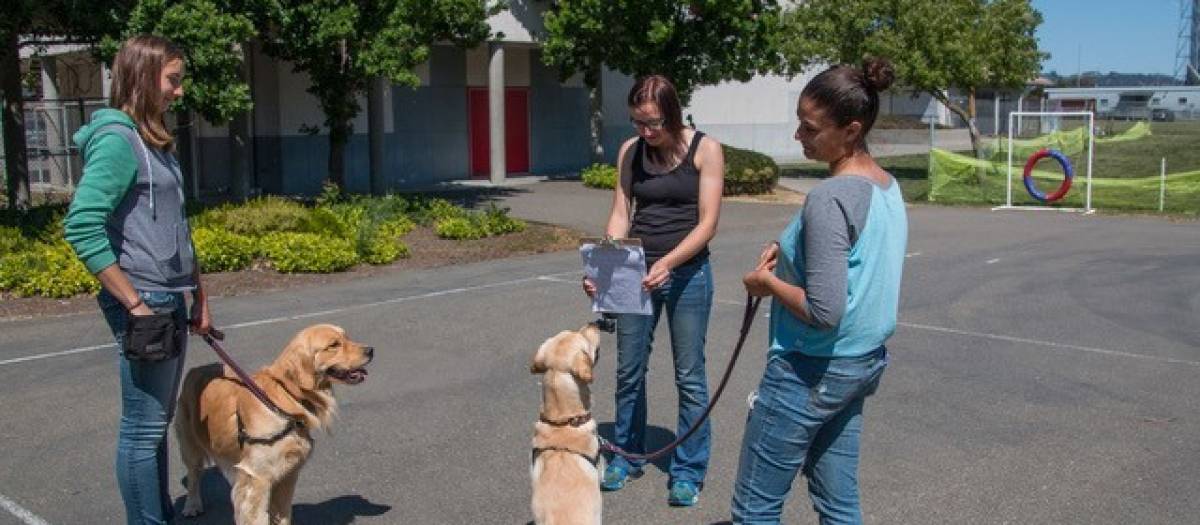
The Non-Traditional Student
The Non-Traditional Student integrates learning into everyday activities and develops talents outside of the box;
- Use come as a learning tool during mealtimes to help your pet remember it and associate it with rewards.
- Include come when getting the leash ready for walks. Rewarding with a pat on the back and a stroll can build a strong bond.
- Play fetch and use the verb come to encourage a return and to keep playing.
- For dog recall training, use the command come whenever your dog comes to you on its own, and reinforce it with play, cuddles, or treats.
This method works well with resistant or quickly distracted dogs for dog recall training because it incorporates training into regular interactions, encourages consistent learning, and efficiently reinforces desired behaviors. It optimizes the learning curve for dogs of different abilities by strengthening preexisting skills and supporting training.
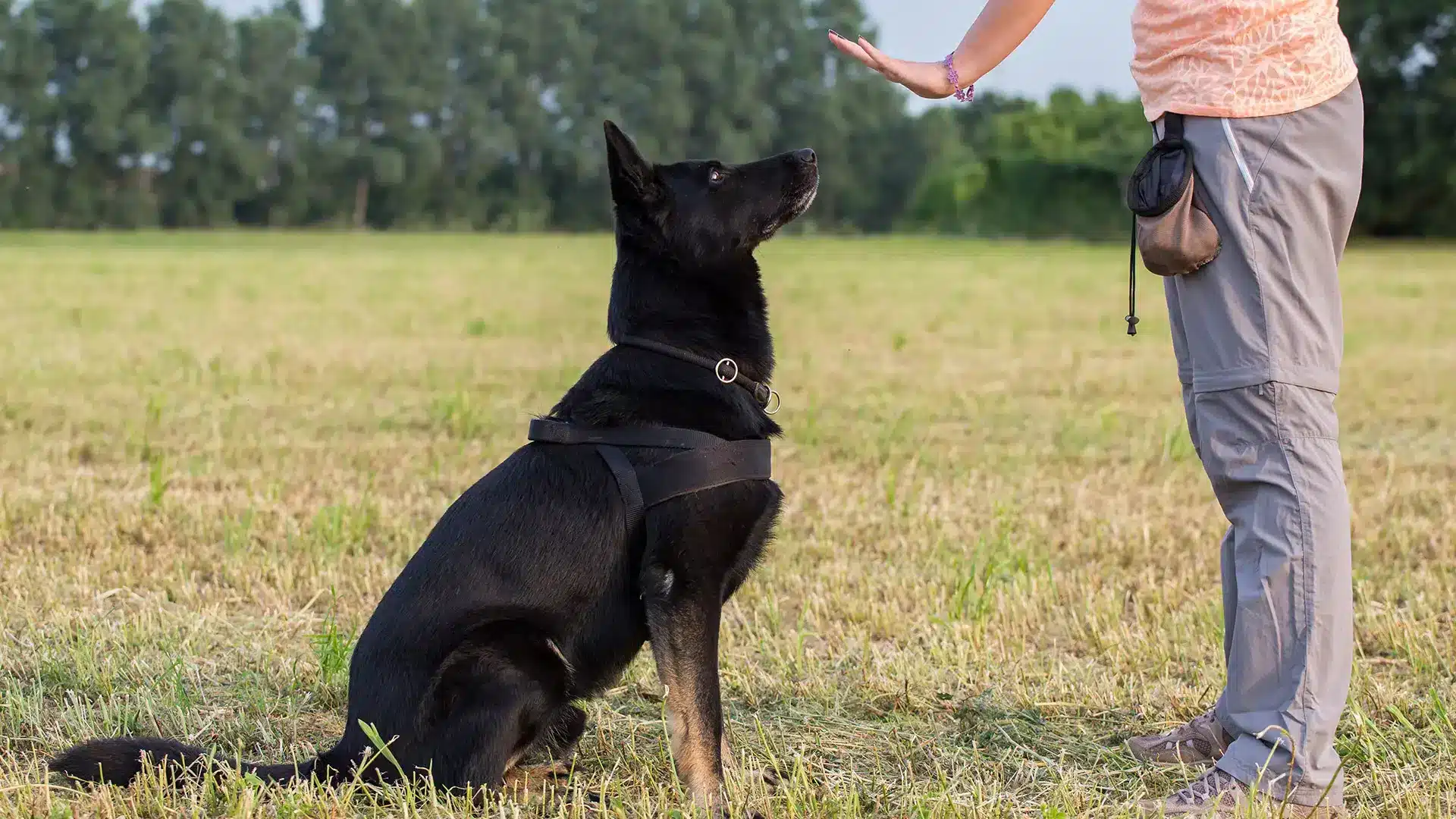
The Levels of Your Dog’s Training
Let’s take a look at some of the levels of dog recall training.
- Simple: Doing Exercises Indoors
Start indoors, away from any distractions. Employ your favorite training method to educate your dog to come when called upon, present obstacles such as doorbells ringing or a friend caressing your dog while you’re calling. - Moderate: Moving from Inside to Outside
Take a long leash and go to a backyard or peaceful outdoor space. Keep training with as few interruptions as possible. Increase the distance gradually and add outside distractions, such as squirrels, or invite friends and their dogs over. - Hard: Sophisticated Outdoor Instruction
For dog recall training, engage your dog’s memory in stimulating situations like a dog park. Dial them when they’re engaged in play. Don’t undermine training by staying after you’ve called them. To encourage dependable remembering, praise and progressively fewer sweets are used as rewards.

Some Essential Tips!
- Employ High-Value Rewards
Start with unique treats like cheese or dog biscuits to get your dog interested immediately and not make dog to stay away. Smaller, lower-calorie treats should be substituted as training goes on to prevent weight gain while still rewarding positive behavior.
- Regular Training
Short training sessions are more beneficial than long line, irregular ones. Aim for many sessions throughout the day to reinforce recall commands efficiently.
- Positive Reinforcement
As soon as your dog obeys the dog recall training command, you should always give them a tasty treat. This encourages them to come when called and promotes the habit.
- Don’t Punish Your Dog
Never chastise or punish your dog for not responding right away. They may become fearful or confused and be less likely to respond to calls. - Increase Distractions Gradually
Begin your training in calm settings and then progressively add distractions like other dogs or loud noises. This will increase your dog’s dependability in various circumstances.
The Don’ts of Dog Recall Training
When teaching your dog to come, stay away from these typical mistakes;
- Never alter the tone of your voice
Regardless of how you’re feeling, always sound upbeat and eager.
- Don’t repeat the cue word
If your dog doesn’t react, you can try a different cue or go over the fundamentals with them.
- Never penalize following a recall
For dog recall training, if you associate the word come with something terrible happening, your dog will stop responding.
- Take your time with the procedure
Gradually raise the challenge as soon as your dog consistently answers at each level.
- Remain dependable
Set up a regular training plan to maintain progress and encourage learning.
Recall training requires consistency and positive reinforcement to be effective. By avoiding these don’t, you’ll give your dog a solid basis for dependable obedience.
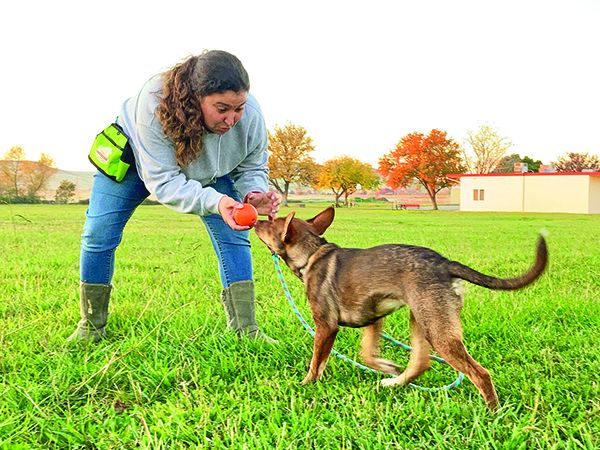
Final Thoughts
As we finally come to an end, reliable recall training for dogs requires persistence to be mastered. Understanding your dog’s temperament and working through scheduled training levels are the first steps in teaching them to come when called. Start with the fundamentals: provide your dog with delicious treats or expensive prizes, and develop a dependable dog recall training cue. Dogs learn best in an environment free of distractions, with progressively more complex tasks added as their recall improves.
In conclusion, always remember that when you call your dog, and they come when you call, it strengthens a meaningful, trusting relationship. Your dog’s safety and peace of mind are guaranteed by a well-trained recall, whether at the dog park or in strange places. Have fun playing around with your furry pup!

